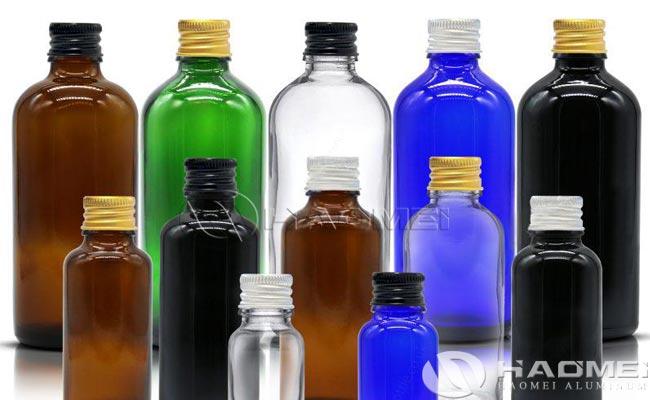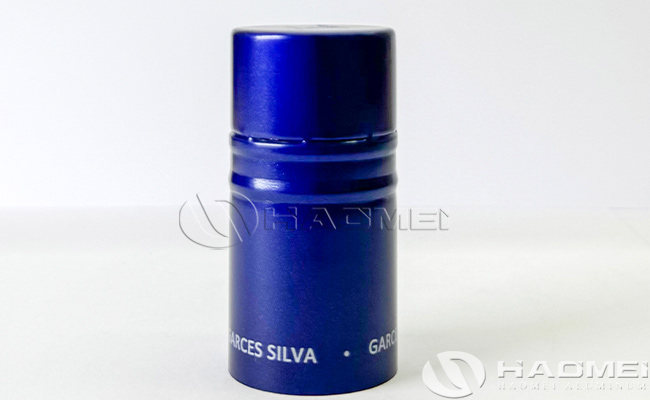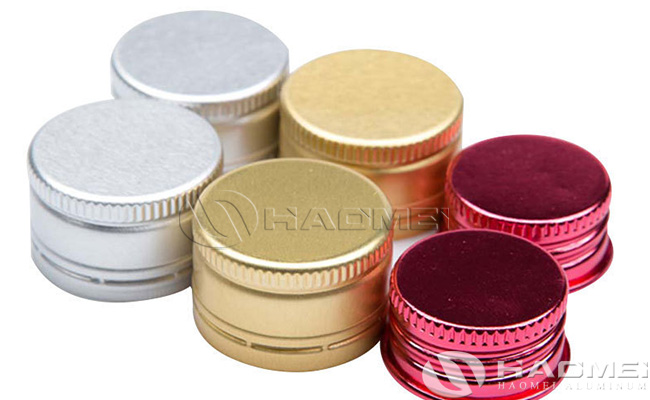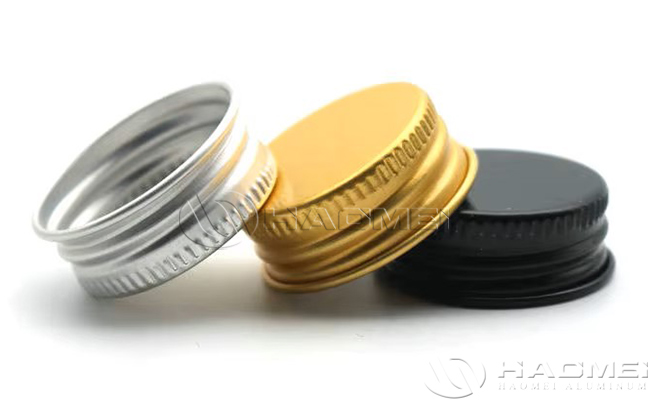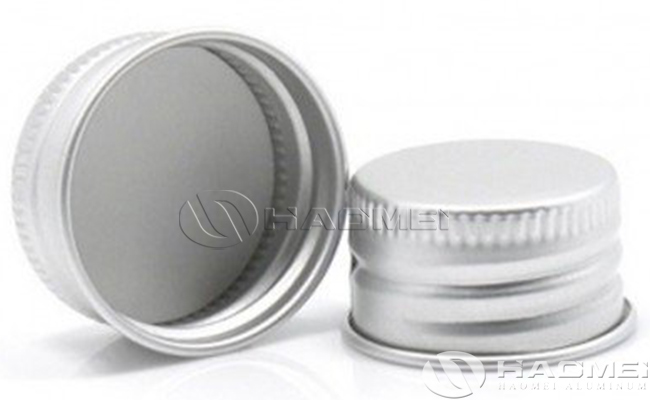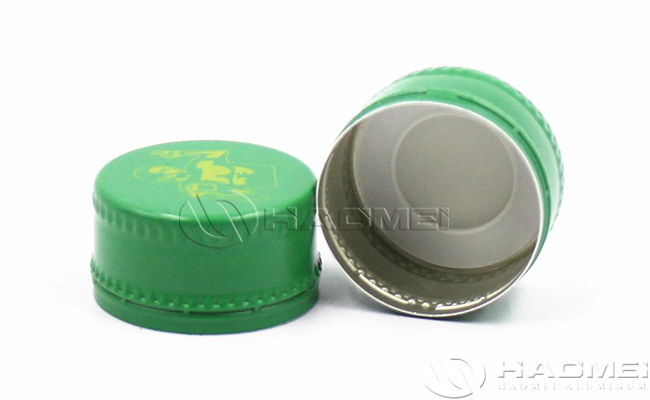In order to judge the quality of aluminum bottle caps, it is necessary to systematically assess the material properties, structural design, sealing effect, durability and environmental compliance.

The following are the specific judgment methods and key indicators:
1. Basic material testing
- Aluminum purity and thickness
Use a spectral analyzer to test the composition of aluminum (aluminum content ≥ 99.5% is the standard for high quality), to ensure that there are no impurities of heavy metals (e.g. lead, cadmium content < 0.01%).
Measure the thickness of aluminum (usually 0.20-0.25mm), too thin is easy to deform, too thick increases the cost and affects the sealing.
- Mechanical properties test
Tensile strength: ≥130MPa (medical aluminum caps require higher);
Elongation: ≥4%, to ensure that there is no cracking when stamping and molding;
Hardness: HV50-70 (Vickers hardness), to avoid indentation during transportation.
2. Structure design and process verification
- Dimensional accuracy
Use three-coordinate measuring machine to test the diameter, height and thread matching degree of bottle cap (error ≤ ± 0.05mm), to ensure perfect fit with the bottle mouth.
Check the number and distribution of anti-theft teeth (breakpoints), in line with GB/T 14803 standards, to prevent secondary encapsulation.
- Surface treatment quality
Coating adhesion: pass the Baguette knife scratch test, no peeling of coating;
Corrosion resistance: no rust spots and oxidation on the surface after salt spray test (5% NaCl solution, 96 hours);
Printing effect: color printing pattern without halo, laser engraving depth ≥ 0.1mm, with wear resistance.
3. The core test of sealing performance
- Airtightness test
Use helium mass spectrometer leak detector, leak rate ≤1×10-⁶ Pa-m³/s (red wine, sparkling wine requires more);
Retest after simulating extreme temperature (-20℃ freezing/60℃ heating), no shrinkage or deformation of gasket.
- Opening force and anti-theft
Opening torque: digital torque meter test, range 1.2-2.5N-m (adjusted according to the needs of wine), smooth opening process with no lag;
Breaking force of anti-theft teeth: ≥15N (to prevent non-destructive opening), with neat breaks and no burrs.
4. Durability and safety verification
- Pressure resistance test
The cap is pressurized to 0.8-1.2MPa (simulating transportation bumps) and kept for 30 minutes without leakage or permanent deformation.
- Chemical safety
Coating leachate: GC-MS detection of phthalates, bisphenol A and other harmful substances (in accordance with FDA 21 CFR or EU 10/2011 food contact standards);
Microbial barrier (medical aluminum cap): bacterial barrier rate ≥99.9% according to YY/T 0615 standard.
5. Environmental Protection and Compliance Review
- Recycling and degradability
Confirm that the aluminum can be 100% recycled, the inner cushion if PE/PVC need to provide proof of degradability (e.g. EN 13432 compost certification).
- Certification document verification
Check CNAS/CMA test report, RoHS compliance statement, export market certification (e.g. CE, AAMA) and other documents to ensure that the project is complete and the data meets the standard.
6. Practical application simulation test
- Filling suitability
Simulate filling on the production line (including vacuum, nitrogen filling and other processes), observe the compatibility of the cap with the filling machine, no cap jamming, liquid leakage phenomenon.
- Long-term stability
Place the sealed bottle in a constant temperature and humidity box (temperature 40℃, humidity 75%) and store it for 6 months, and test the changes of the components of the liquor (e.g. oxidation index TBA value) regularly.
MESSAGE
RECOMMENDED PRODUCTS
PRODUCTS
CONTACT US
Add:Zhengzhou, Henan, China

